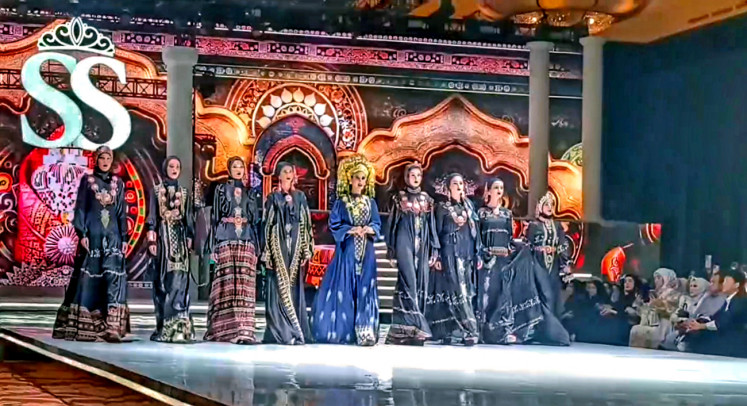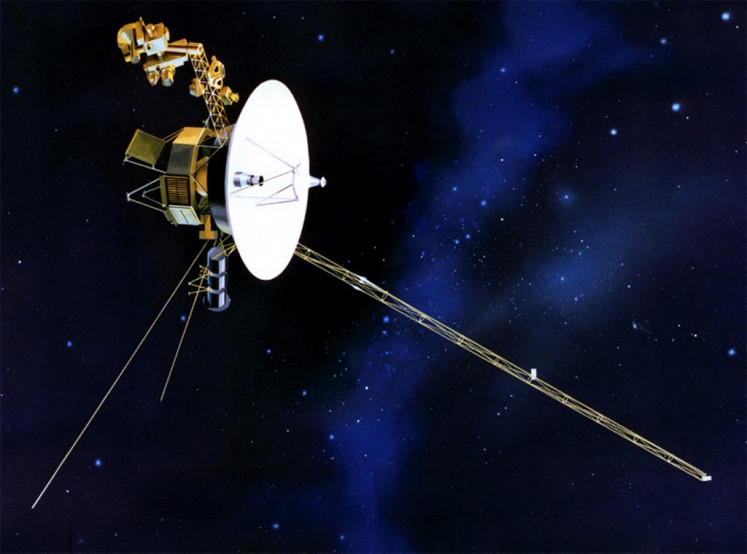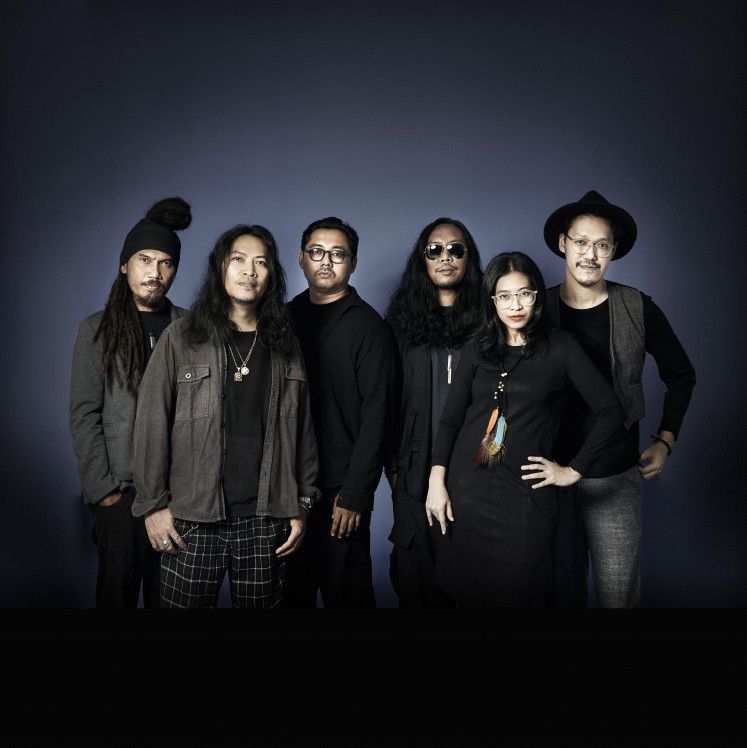Aaron Seeto: The man behind Museum Macan
“The reason why I became interested in art is actually because I had a great arts teacher,” he said.
Change Size
 Aaron Seeto’s professional accomplishments may well be known in the art circle. (JP/Carla Bianpoen)
Aaron Seeto’s professional accomplishments may well be known in the art circle. (JP/Carla Bianpoen)
A
aron Seeto’s professional accomplishments may well be known in the art circle. Little is known, however, about what spurred his interest in art that has led him to take the helm of Jakarta’s newly opened Museum of Modern and Contemporary Art in Nusantara (MACAN).
The 39-year-old Australian was formerly Curatorial Manager of Asian and Pacific Art at the Queensland Art Gallery | Gallery of Modern Art in Brisbane, Australia.
Seeto said his father was a Chinese migrant from Papua New Guinea, and that his family moved to Sydney in the early 1980s, first living in the southwestern suburbs of the city.
“The reason why I became interested in art is actually because I had a great arts teacher,” he said.
Seeto speaks very lovingly of his art teacher, who constantly brought him new books and rather advanced reading material.
“And flipping and reading through, I thought, wow this is extraordinary, this is what really interests me,” he recalled, adding that it was an interest that followed him through high school.
He remembered vividly a school visit to the Museum of Contemporary Art and how, while answering questions posed by the educator on a Louise Bourgeois exhibition, he was even more impressed by what art could mean.
“I understood that art opens up new ways of conversation, art could articulate what was going on in your life, and the world. It was quite a revelation,” he said.
After high school, Seeto did not go straight into art school, but initially went for a double major in law and creative art.
But a few years into his bachelor studies, he realized he had to make a choice if he wanted to be seriously involved in either field. So, he dropped law school and enrolled in fine arts.
At the same time, he started curating, through which he came to know many people — people who were older than him and were generous in helping him with his projects. One person even allowed him to curate an exhibition in her gallery.
Seeto said he was blessed with generous people who helped him find his way in projects and curate gallery exhibitions. But, he says, he never took things for granted. “I worked very hard,” he said.
He then joined Sydney’s 4A Center for Contemporary Asian Art, an independent institution for young and upcoming Asian artists that offered rigorous programs and exciting experimental art.
This was his very first experience with Asian artists, he said, noting that he worked on a completely different scale than he had before.
At 4A, he started as a gallery assistant, and then proceeded to become a curator. He ultimately became the director, after he had been away for a time on some independent projects.
Seeto admitted that the type of artists that interested him most were those who reflected many of the changes that were going on in society.
“I am interested in artists who find deep ways of articulating how the world changes, signifying social and cultural transformations. And I like to think about the role of artists in making sense of some of those things,” he said.
He was keen to make sure that Asian artists, whether they were born in Australia or elsewhere, had a place and position to articulate their works.
Seeto says it was a time when he was also trying to understand his own position and place in Australia’s social and cultural structure.
In the process, he worked with many Indonesian artists, such as Arahmaiani, Dadang Christanto and FX Harsono.
On his role as Museum MACAN’s director, Seeto said that what had attracted him to come and take up the position in the first place was the diversity of the museum owner’s art collection.
“A museum director wants to play with objects in the collection,” he explained, adding that the collection was extraordinary and unique.
He also thought about how his broad knowledge and experience could integrate future programs.
The reason he was really interested in engaging with MACAN was because it was not only about presenting and displaying the works in the collection, but it was also about education.
Education strikes a fine chord in his art experience. “Deep down, when I think about it, it’s education why I became interested in art,” he concluded.
There’s no doubt that education has become the most important part of MACAN’s programs.
“It’s a great opportunity to engage with the public. And I am looking forward to facing that challenge on how Indonesia’s broad and diverse population and audiences might engage with art.”









